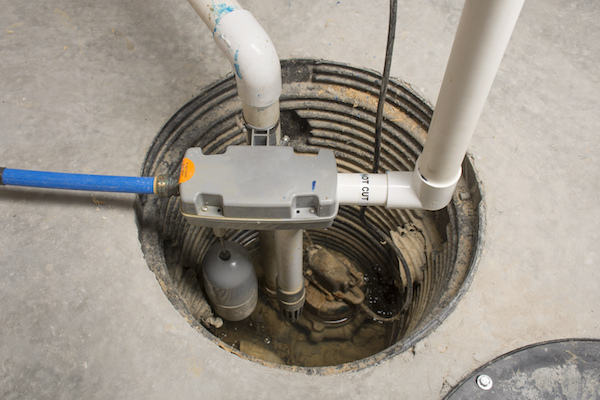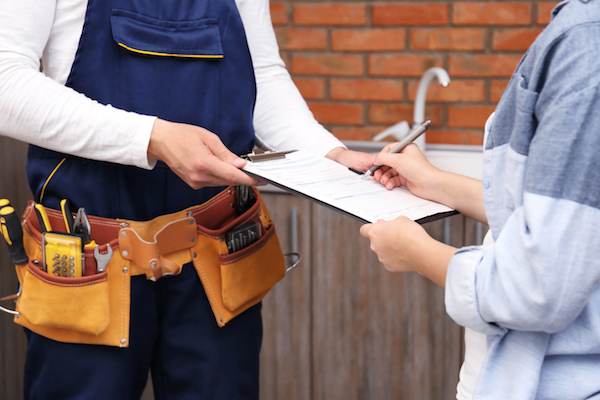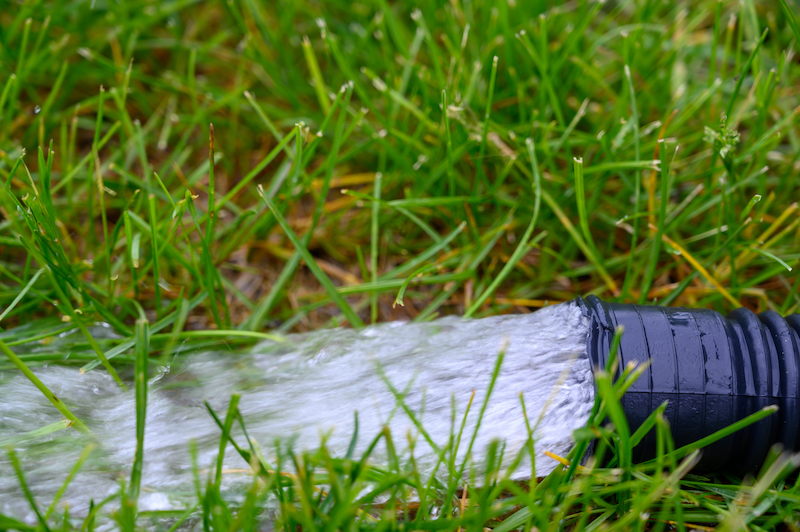If you’re a homeowner with a basement, you’ve probably heard of a sump pump. While you might not be exactly sure what it does or if you really need one, educating yourself on the topic is always a good idea. Read on to learn what a sump pump is, why they’re needed and if you should install one in your home.
What Is a Sump Pump & What Does It Do?
A sump pump is an automatic pump located beneath your basement floor. This pump discharges water that has collected in the ground of your basement and releases it outside of your home to prevent water from pooling.
How Do You Know If You Need One?
Not all homes are equipped with a sump pump because not all homes require one. A home inspection report will inform you if your basement needs a sump pump. If your home is prone to basement flooding, installing a sump pump will help remedy the situation and protect your home from future flooding. If your home meets any of the following, you should have a sump pump installed.
1. If your basement has already flooded once before, it’s a good idea to install a sump pump as a preventative measure.
2. Your home is built on flat ground with soil that traps water easily.
3. You live in a climate that has large quantities of frequent rain and/or snow.
4. You have a nicely finished basement that you want to protect against water damage.
5. You have a sump pump that is nearing the end of its life (about 10 years).
How Much Does It Cost to Install a Sump Pump?
The cost of a sump pump can range from $1100-$2900 depending on the model that you choose. The average cost of labour for a sump pump installation can range from $100-$200 per hour. Factors such as the location of the installation and unexpected complications during installation will add to the final cost.
Replacing an existing sump pump versus installing a new one is a cheaper option as there is less labour required since there is already a hole. This means that no further digging is required, saving you money on the amount of time it takes to complete the job.

There are two available sump pumps to install in your home. The first, a pedestal pump, which is partially concealed in the sump pit. Being the cheaper of the two, this pump is easier to repair and maintain since it is partially above ground. The other, a submersible pump, is fully concealed in the sump pit. This pump is quieter and more suitable for living areas but is more costly.
A sump pump installation can be completed as a DIY which will save costs upfront, however, to ensure the installation is to code and properly done, and to prevent any repairs or regular maintenance needed, hiring a professional is recommended (Note: a sump pump installation requires a building permit so be sure to obtain one yourself or communicate with your pro to obtain one for the job).

Plumbers and handymen are likely certified to complete this installation, but hiring a basement waterproofing expert is your best option. Basement waterproofers have the experience and knowledge to appropriately diagnose your basements wet spots, strategically place your pit, assist in choosing the correct pump for your space and successfully install your sump pump to properly discharge the water from your basement.
Sump pumps also protect against sewage backups and keep the humidity levels in your basement low, which, if left untreated, can cause more damage to your home, such as dampness and mold.
Sump pumps are installed to help prevent basement flooding from occurring. While a sump pump won’t prevent water from coming in, it helps with getting it out, preventing it from collecting and pooling underneath your floor. With an automatic switch, the sump pump immediately pumps the water out which helps to protect your basement from flooding. Speak to a pro today to have a sump pump installed and help protect your basement.
